You are here
Da non perdere
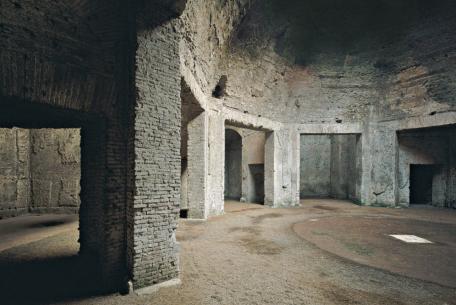
After the fire of 64 AD, which destroyed much of the center of Rome, Emperor Nero began the construction of a new residence, that for its splendor went down in history with the name of Domus Aurea.
[...]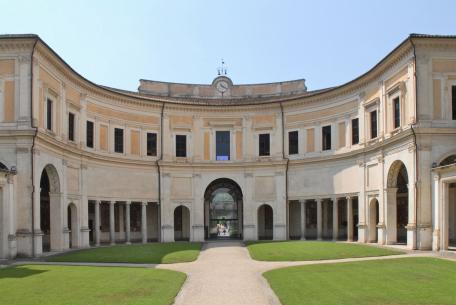
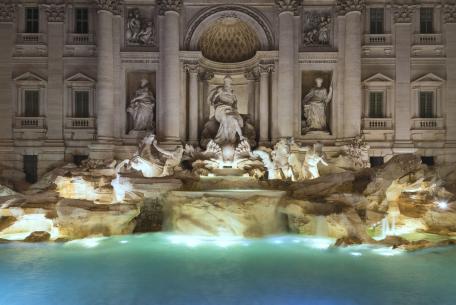
The most famous of the Roman fountains: a jewel of water and stone
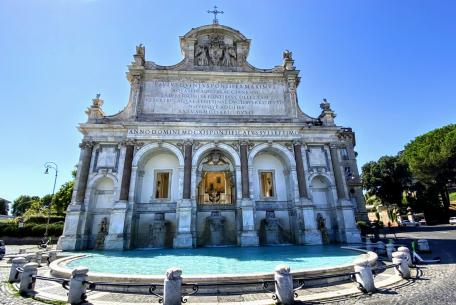
Designed and built to mark the terminus of the Trajan Aqueduct, between 1610 and 1614, by architects Giovanni Fontana (1540-1614) and Flaminio Ponzio
[...]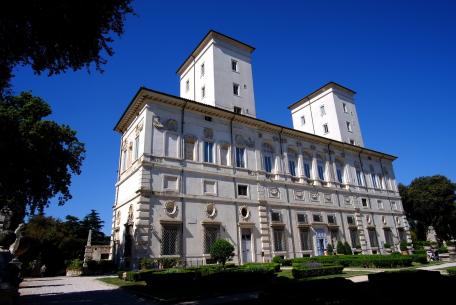
Located within the homonymous Villa, the Borghese Gallery houses a remarkable
[...]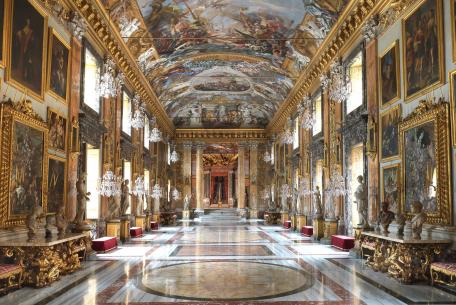
Galleria Colonna, an authentic jewel of the Roman Baroque located inside the palace of the same name
[...]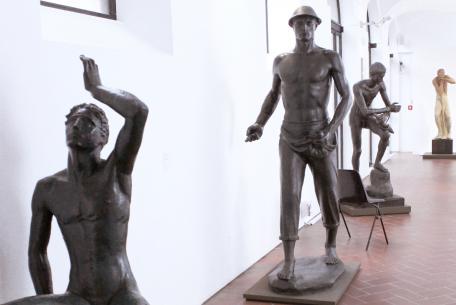
Founded in 1925 the collection kept in the Gallery of Via Crispi, has had from the beinning a very precis purpose that is , to establish itself as a civic museum and at the same time to document
[...]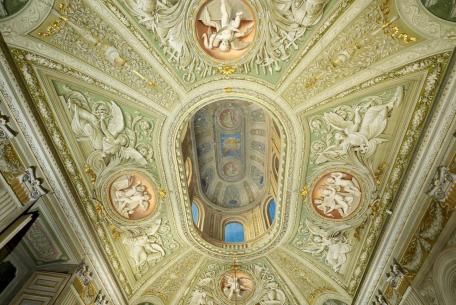
The Doria-Pamphilj Gallery is situated in the Palace with the same name, built between the middle of the fifteenth and the beginning of the eighteenth century, that previously belonged to the Della
[...]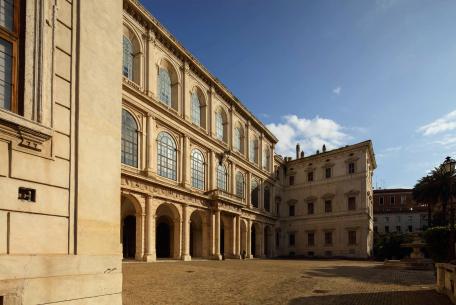
The National Galleries of Ancient Art are a single museum institution divided between Palazzo Barberini and
[...]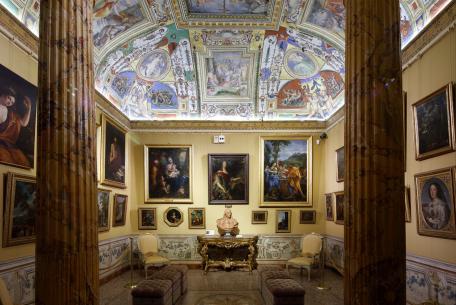
The National Galleries of Ancient Art are a single museum institution divided between Palazzo Barberini
[...]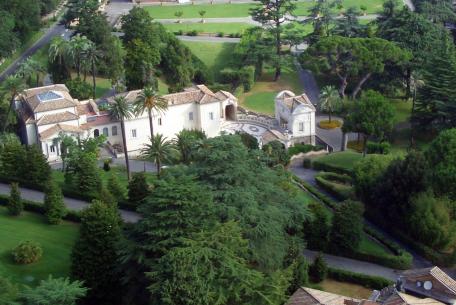
The Vatican Gardens occupy about two thirds of the surface of the Vatican City and have been the Pope's resting and meditation place since 1279, when Pope Nicholas III moved the pa
[...]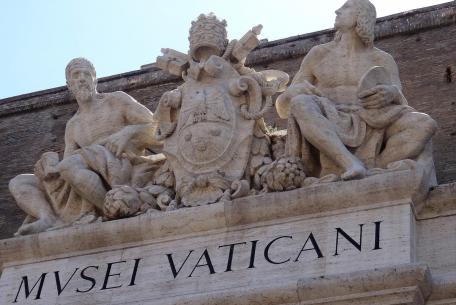
As a collection of ancient sculptures, the first group was begun by Julius II (1503-13) but it was Clement XIII (1758-69) who had the Secular Museum created with the assistance of
[...]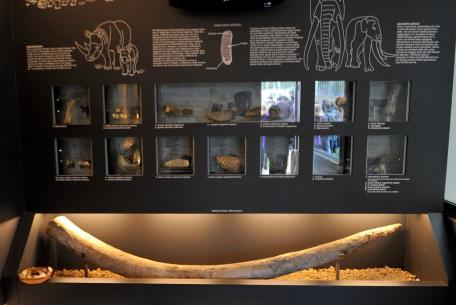
The history of the Casal de’ Pazzi Museum
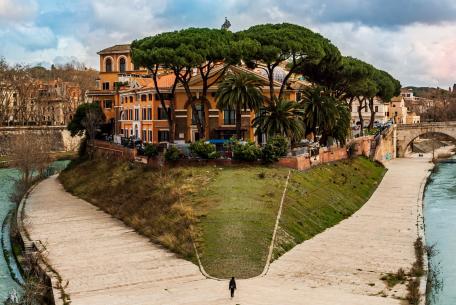
Legend has it that the Tiber Island was formed, to say the least, in a rather curious manner: the angry Romans, after having overthrown in a popular uprising the reviled tyrant Lucius Tarquinius Su
[...]
Probably the most famous monument in the world and a symbol of the greatness of Rome, the Flavian Amphitheater, better known as the Colosseum for the colossal bron
[...]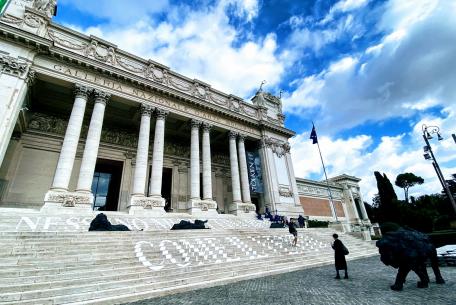
The Galleria Nazionale d'Arte Moderna e Contemporanea, opened in Rome in 1883, was transferred to Valle Giulia for the Universal Exhibition of 1911.
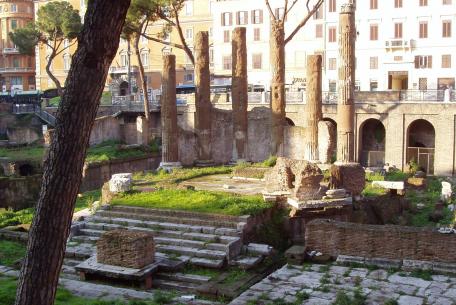
Between 1926 and 1929, the demolition of an old neighborhood within Via del Teatro Argentina, Via Florida, Via San Nicola de 'Cesarini, and Corso Vittorio Emanuele II for the construction of new bu
[...]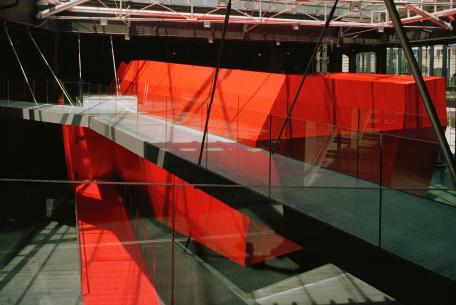
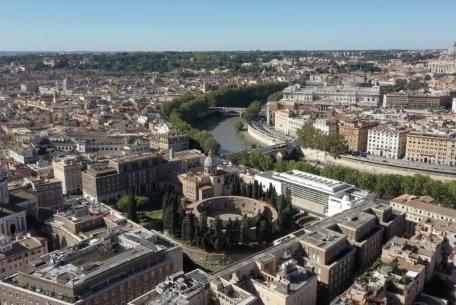
In 28 BC, returning from the military campaign in Egypt, which ended with the victory of Actium in 31 BC.
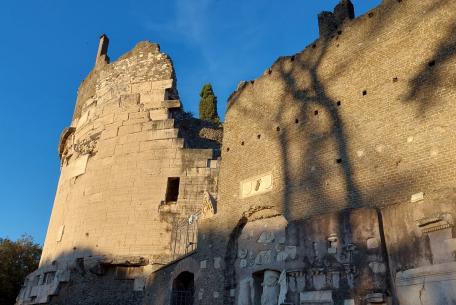
Elegant and imposing, and 11 meters high, it is one of the most iconic landmarks on the ancient Appian Way<
[...]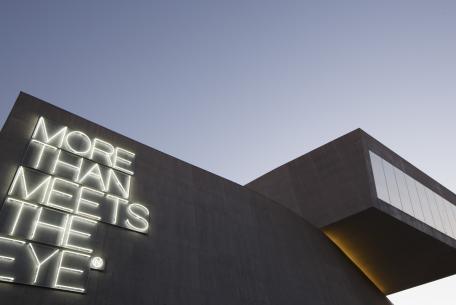
The idea of endowing Rome with a national museum dedicated to contemporary arts took shape in 1997 when the then Ministry of Cultural Heritage obtained fr
[...]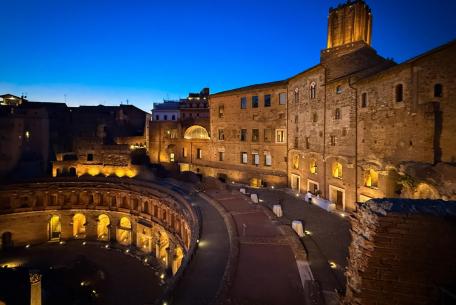
The Museum of the Imperial Fora, in the Trajan's Markets, is topographically and conceptually linked to the impressive urban system of the Imperial Fora: of Caesar
[...]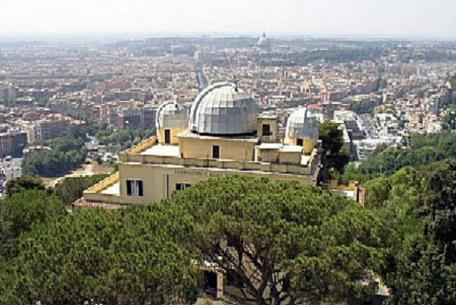
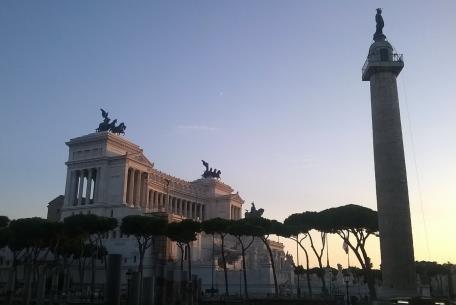
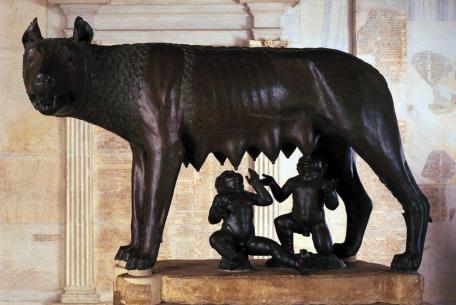
The birth of Musei Capitolini dates from 1471, when Pope Sisto IV gave the roman people a set of bronze statues, forming the first set of the collection kept in th
[...]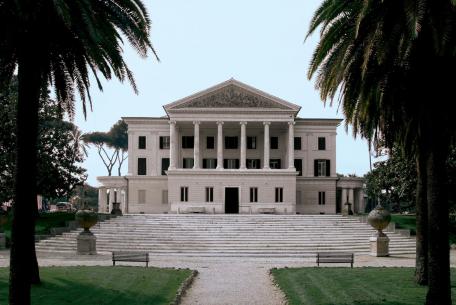
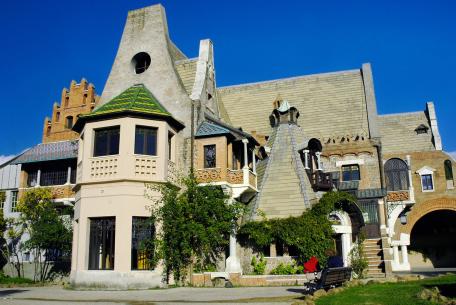
The Casina delle Civette (The House of the Owls) is the result of a series of transformations and additions carried out on the 19th century Swiss Hut, the prince's
[...]- < indietro
- 2 of 5
- avanti >











































